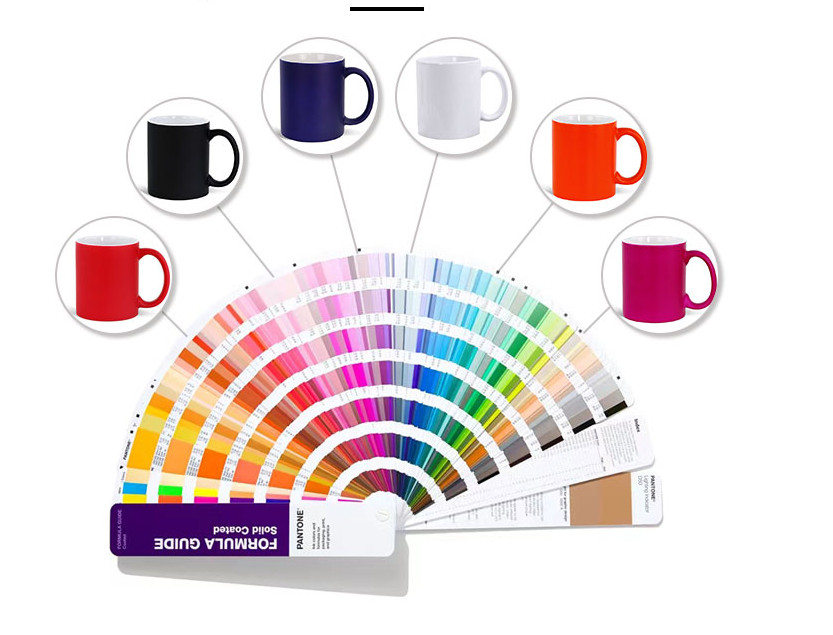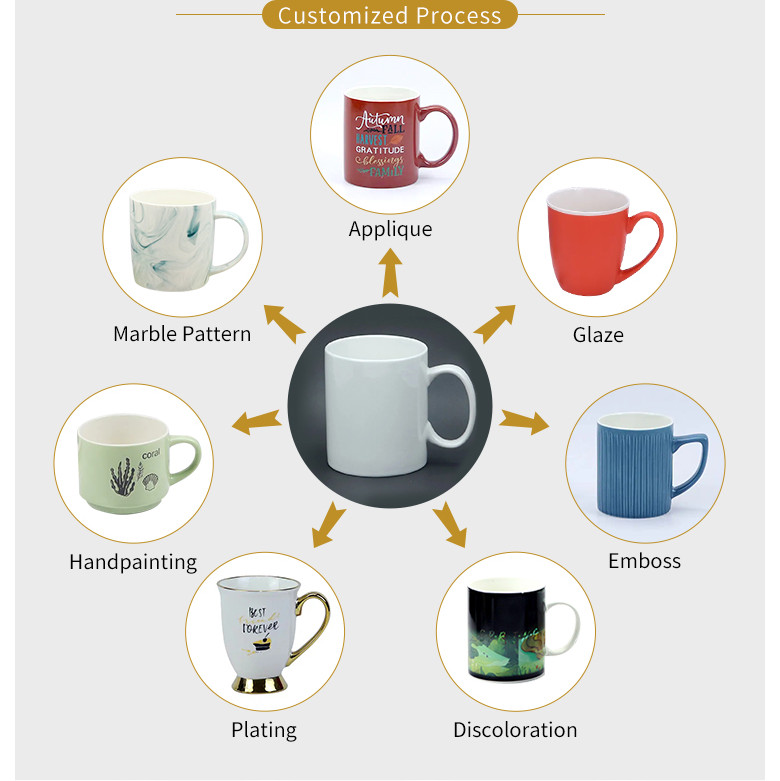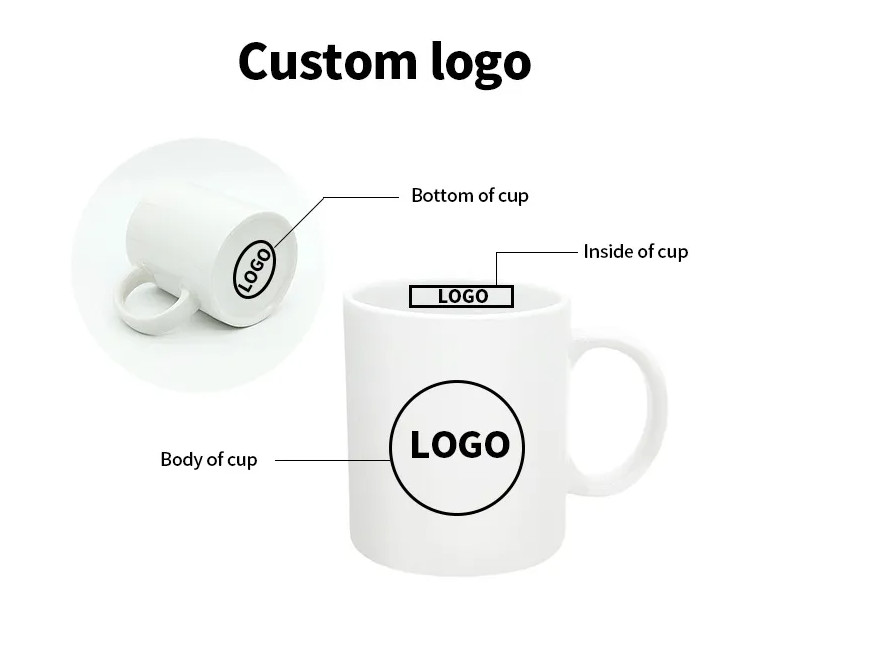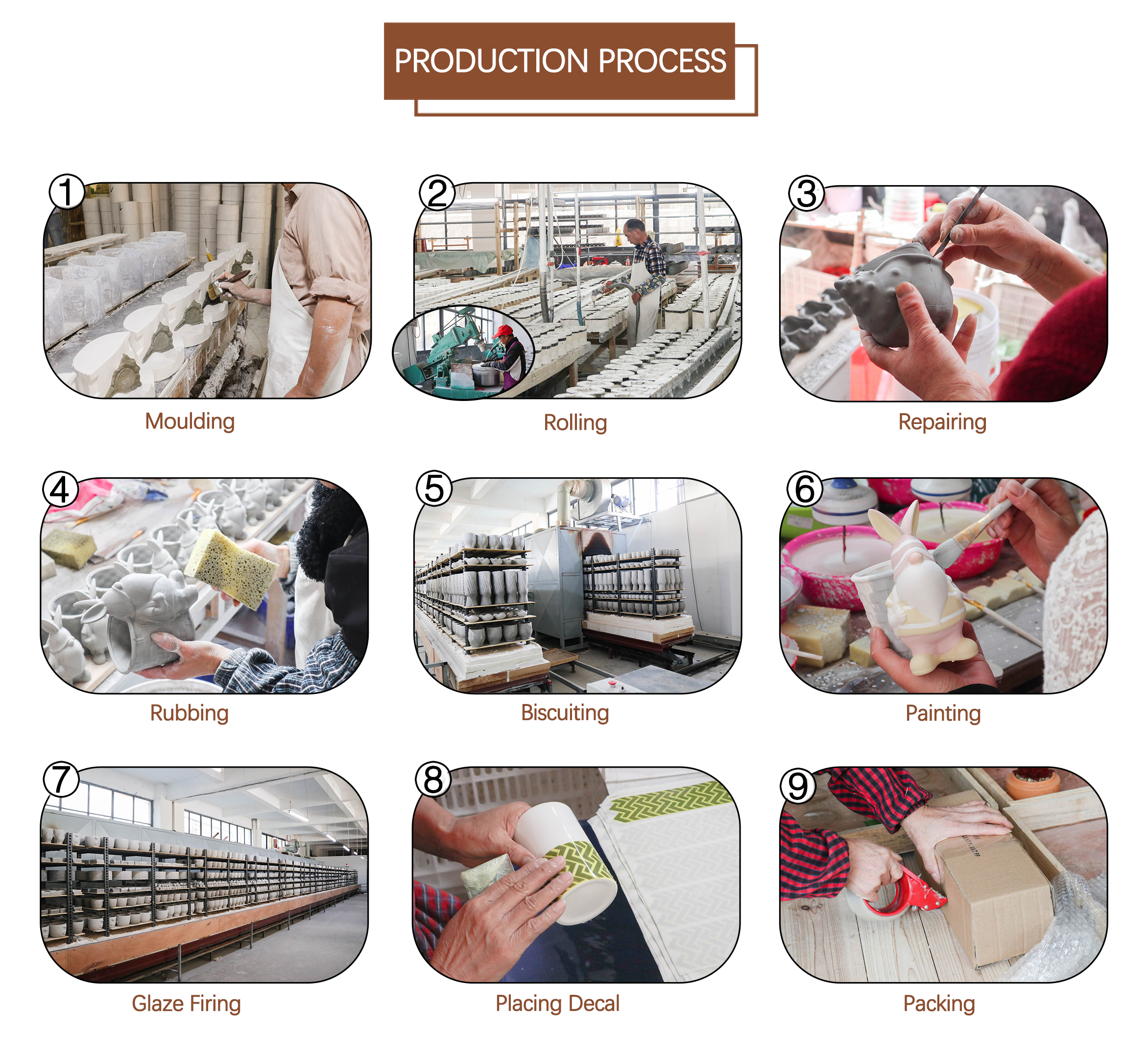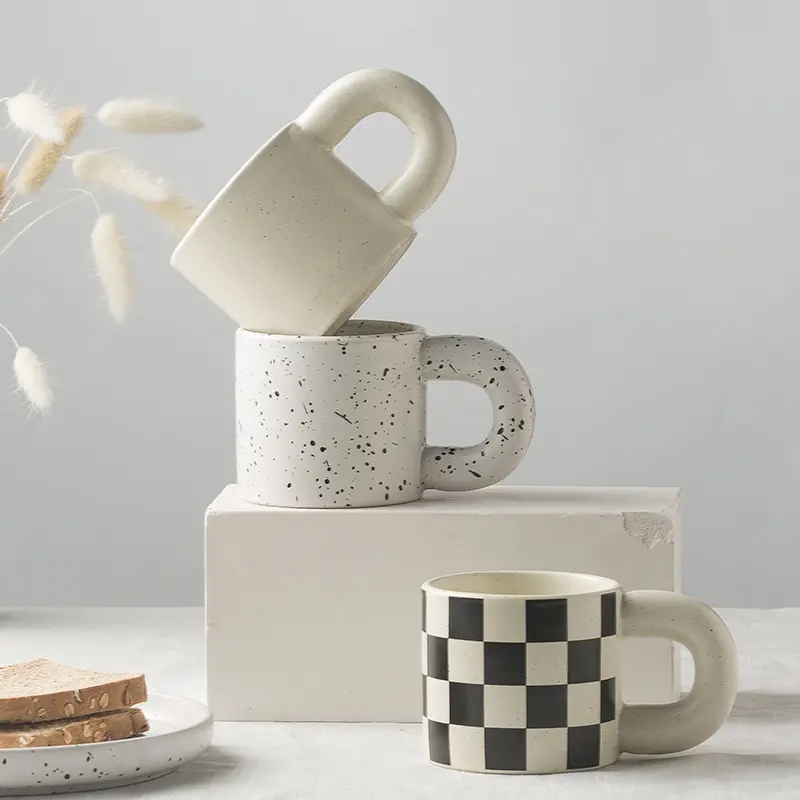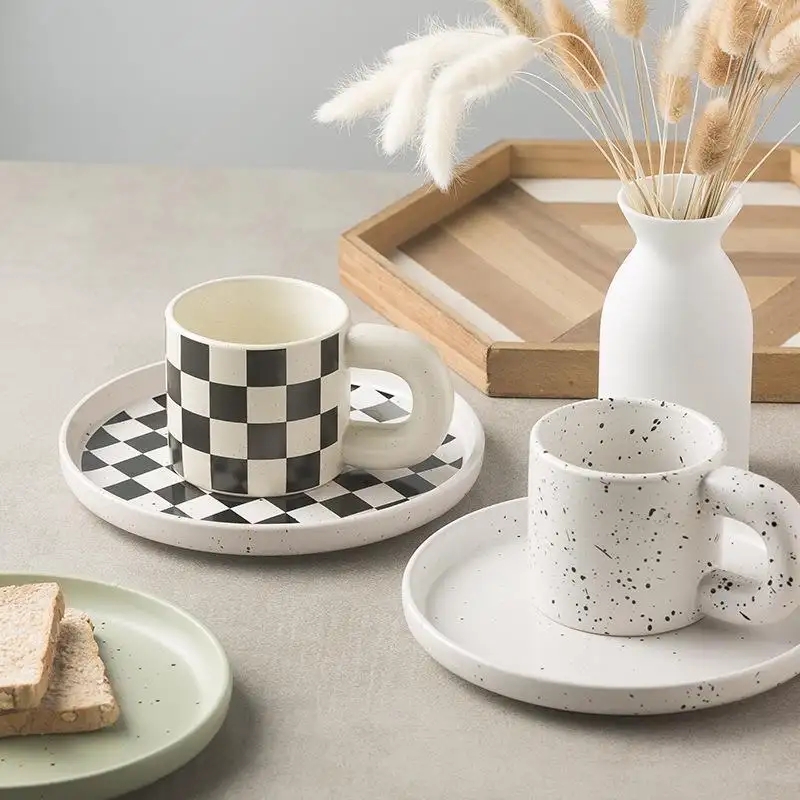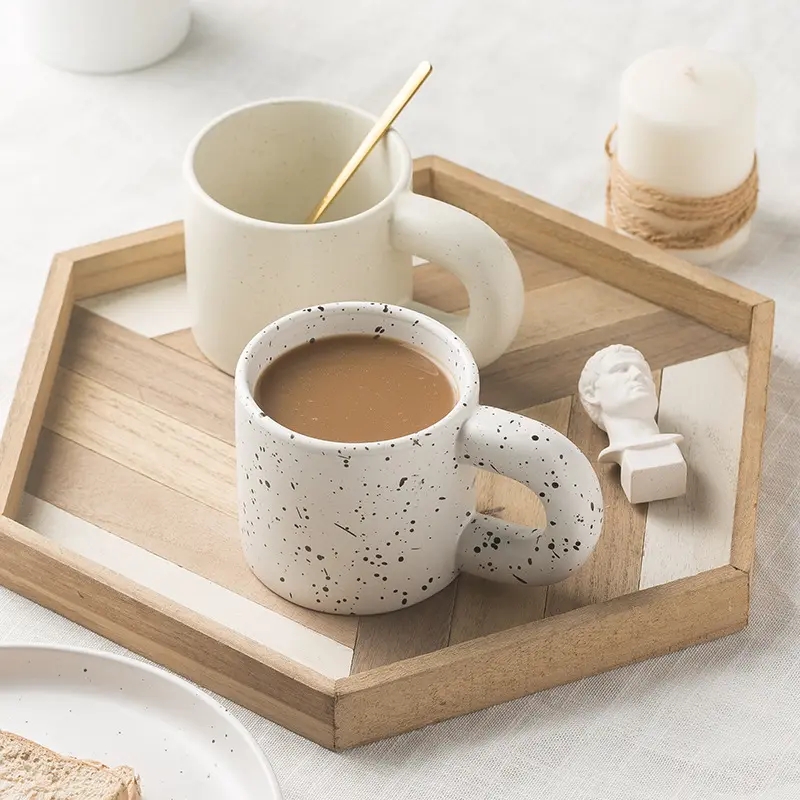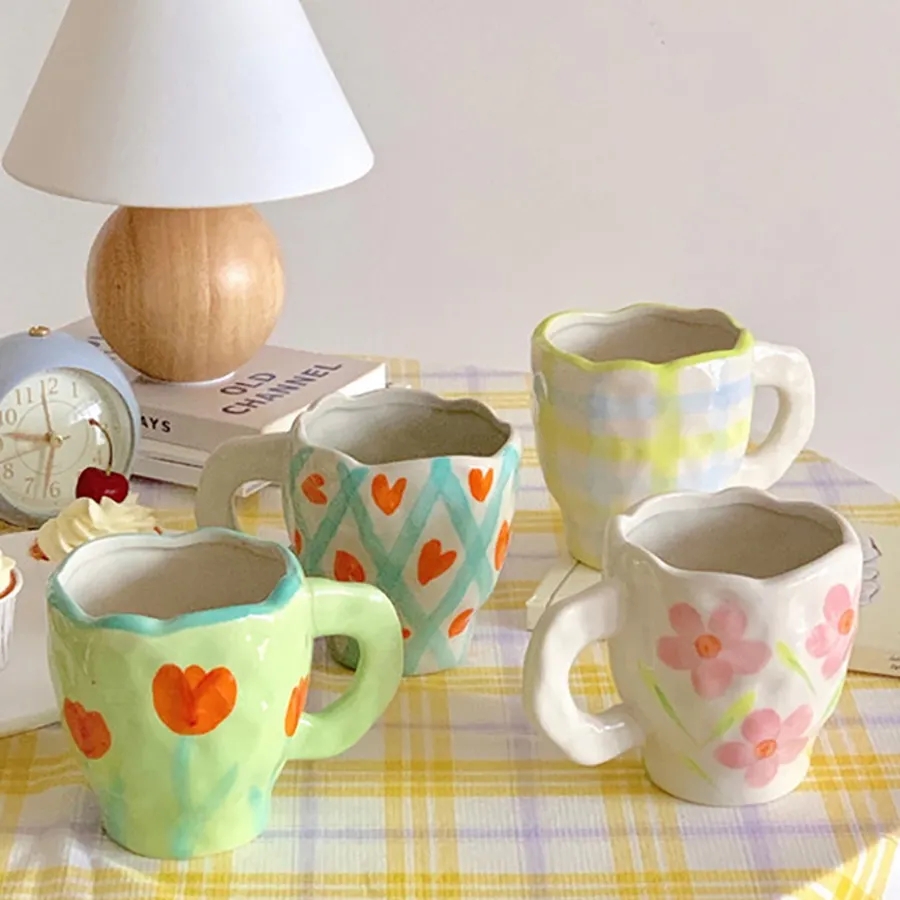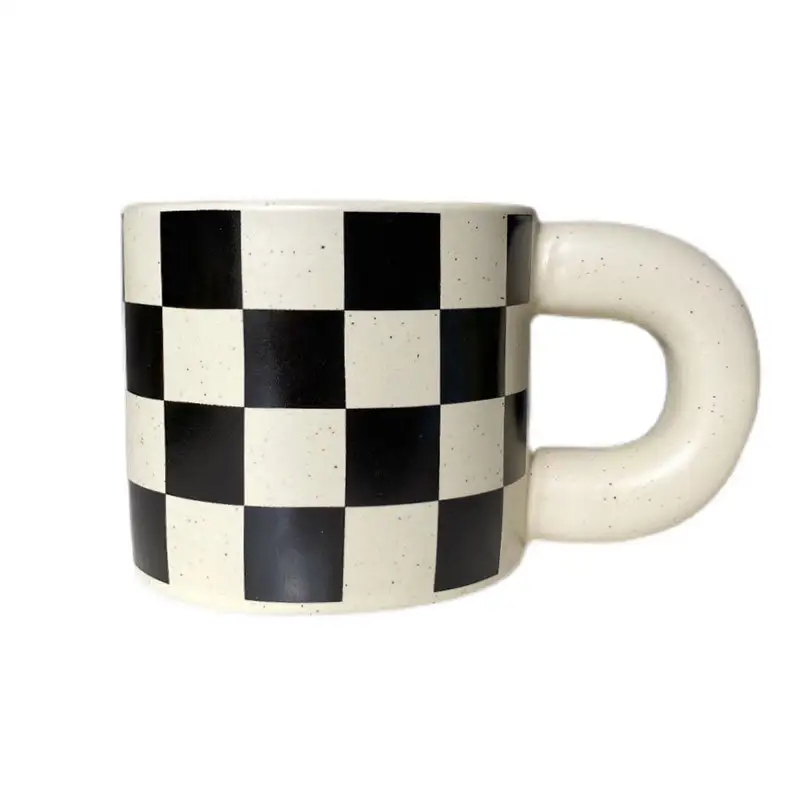The Evolution of Coffee Mug Designs: From Tradition to Modernity
Introduction: The coffee mug, a simple vessel we use to savor our favorite brew, has evolved through the ages, reflecting the changing tastes, cultures, and technologies of humanity. From the traditional clay cups of ancient civilizations to the contemporary and innovative designs of today, the evolution of coffee mug designs mirrors our relationship with coffee and its significance in our lives. In this article, we embark on a journey through time to explore the fascinating evolution of coffee mug designs, showcasing how they have adapted to the dynamic landscape of human history.
1. The Timeless Elegance of Earthenware: The earliest coffee mugs date back to ancient civilizations like the Sumerians and the Egyptians, who crafted rudimentary earthenware cups to enjoy their coffee-like beverages. These handcrafted vessels symbolized simplicity and a connection to the earth, reflecting the humble beginnings of coffee culture.
2. The Intricacy of Ceramics: As coffee gained popularity across the Arabian Peninsula and the Ottoman Empire, ceramics emerged as a favored material for coffee mug design. Exquisite patterns and vibrant colors adorned these mugs, each reflecting the rich cultural tapestry of their regions. These works of art not only served as coffee vessels but also as status symbols during social gatherings.
3. The Rise of Porcelain Elegance: With the spread of coffeehouses in Europe during the 17th and 18th centuries, porcelain mugs became a symbol of refinement and sophistication. Renowned European porcelain manufacturers, like Meissen and Wedgwood, crafted intricate and delicate mugs that epitomized luxury and taste.
4. The Industrial Revolution and Mass Production: The advent of the Industrial Revolution in the 19th century brought about the mass production of coffee mugs. Porcelain and later ceramic mugs became more accessible to the general public, marking a shift from luxury to everyday utility. Simple yet durable designs became popular as coffee drinking became a widespread habit.
5. Modernism and Functional Aesthetics: The 20th century witnessed the emergence of modernist movements, which influenced coffee mug design. Functionality and minimalist aesthetics took center stage, with iconic designs like the classic diner coffee mug and the Scandinavian-inspired shapes becoming iconic symbols of coffee culture.
6. Contemporary Innovations: In the 21st century, coffee mug design embraced innovation and sustainability. Materials like stainless steel, bamboo, and eco-friendly plastics became popular choices for coffee mugs, reflecting a growing awareness of environmental impact. Insulated and travel-friendly mugs catered to the on-the-go lifestyle, making coffee a companion for all occasions.
Conclusion: The evolution of coffee mug designs is a testament to the deep-rooted cultural significance of coffee and its ability to adapt to changing times. From the ancient earthenware to the contemporary eco-friendly innovations, coffee mugs have shaped and mirrored our journey with this beloved beverage. Each mug design, whether traditional or modern, holds a unique story, connecting us to the diverse cultures and traditions of our past and present. As we continue to explore new horizons, the coffee mug remains an integral part of our daily rituals, preserving the essence of coffee’s allure for generations to come.
